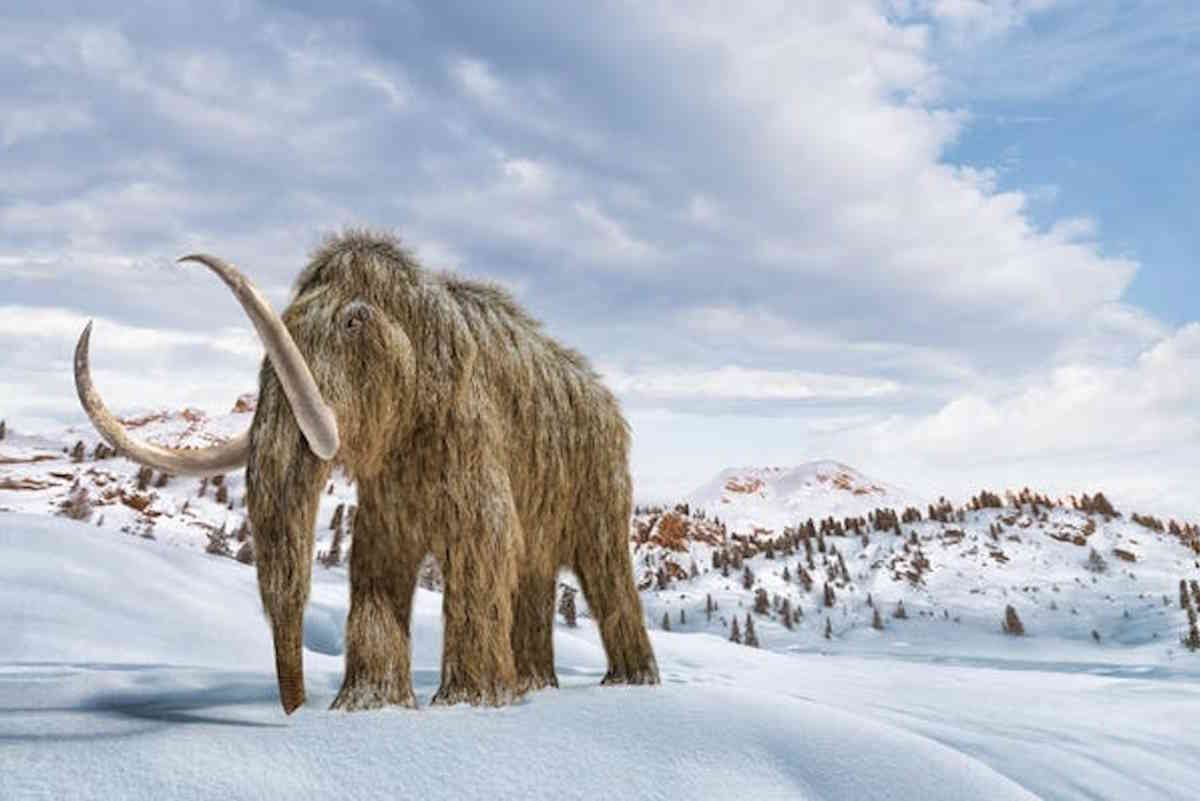A team of genetic scientists, biologists and other experts is working tirelessly on a project to de-extinct the woolly mammoth and is getting ever closer to the goal of bringing a very first specimen back to life. The ambitious initiative has raised many doubts and criticisms

@Colossal Biosciences/Facebook
In the vast expanse of geological history, numerous species have come and gone, leaving behind echoes of their existence. Among these extinct creatures, the woolly mammoth, Mammuthus primigenius, stands out as a colossal mammal that roamed the Arctic tundra until about 11,000 years ago. Today, scientists are on a quest to bring this prehistoric elephant back to life.
Colossal biosciences’ ambitious project
Colossal Biosciences made headlines in 2021 when it announced an ambitious de-extinction project aimed at creating a “modern” woolly mammoth capable of withstanding icy temperatures. But what drives this desire to resurrect such a creature?
Researchers believe the woolly mammoth could play a pivotal role in restoring the Arctic ecosystem and, by extension, the health of our planet. The species could help slow the melting of Arctic permafrost, combat climate change, and even aid in elephant conservation.
Three years since the initial announcement, progress has been made, though concrete results remain on the horizon. The Colossal team has successfully sequenced the woolly mammoth’s genome, a critical step toward understanding its genetic makeup.
Groundbreaking research in elephant genetics
Similarly, the genome of the Asian elephant, the mammoth’s closest living relative, has been sequenced. These animals’ genetic samples are invaluable, but even more so is their preservation. Recent breakthroughs in research have led to the creation of induced pluripotent stem cells (iPSCs), which, as stated in a press release,
“can propagate indefinitely and give rise to every other type of cell in a body.”
Another MASSIVE win for science! 🏆Our Woolly Mammoth team has achieved a global-first iPSC (induced pluripotent stem…
Posted by Colossal Biosciences on Wednesday, March 6, 2024
This advancement holds immeasurable value for the future of assisted reproduction technologies for elephants and for advanced cellular modeling of mammoth phenotypes, says Eriona Hysolli, head of the biological sciences sector at Colossal Biosciences.
The development of these cells marks a milestone in de-extinction efforts, though it’s crucial to remain grounded. Elephants, particularly endangered species, are among the most challenging animals to “reprogram.”
However, iPSCs will provide additional developmental biology insights needed to recreate the woolly mammoth. A first specimen could potentially be brought back to life by 2028.
Ethical considerations and scientific debate
The project has ignited heated debate over the boundaries of nature that science continually crosses. The ethical implications of reviving extinct species, altering life’s rhythms irreversibly changed by human actions, are profound.
Is it right to bring back extinct animals by creating them in laboratories and implanting embryos in surrogate mothers? What are the consequences of such endeavors? Not all of the international scientific community supports these projects, considering them excessive and dangerous, potentially compromising today’s biodiversity, which is markedly different from its prehistoric counterpart.
Source: Colossal Biosciences
